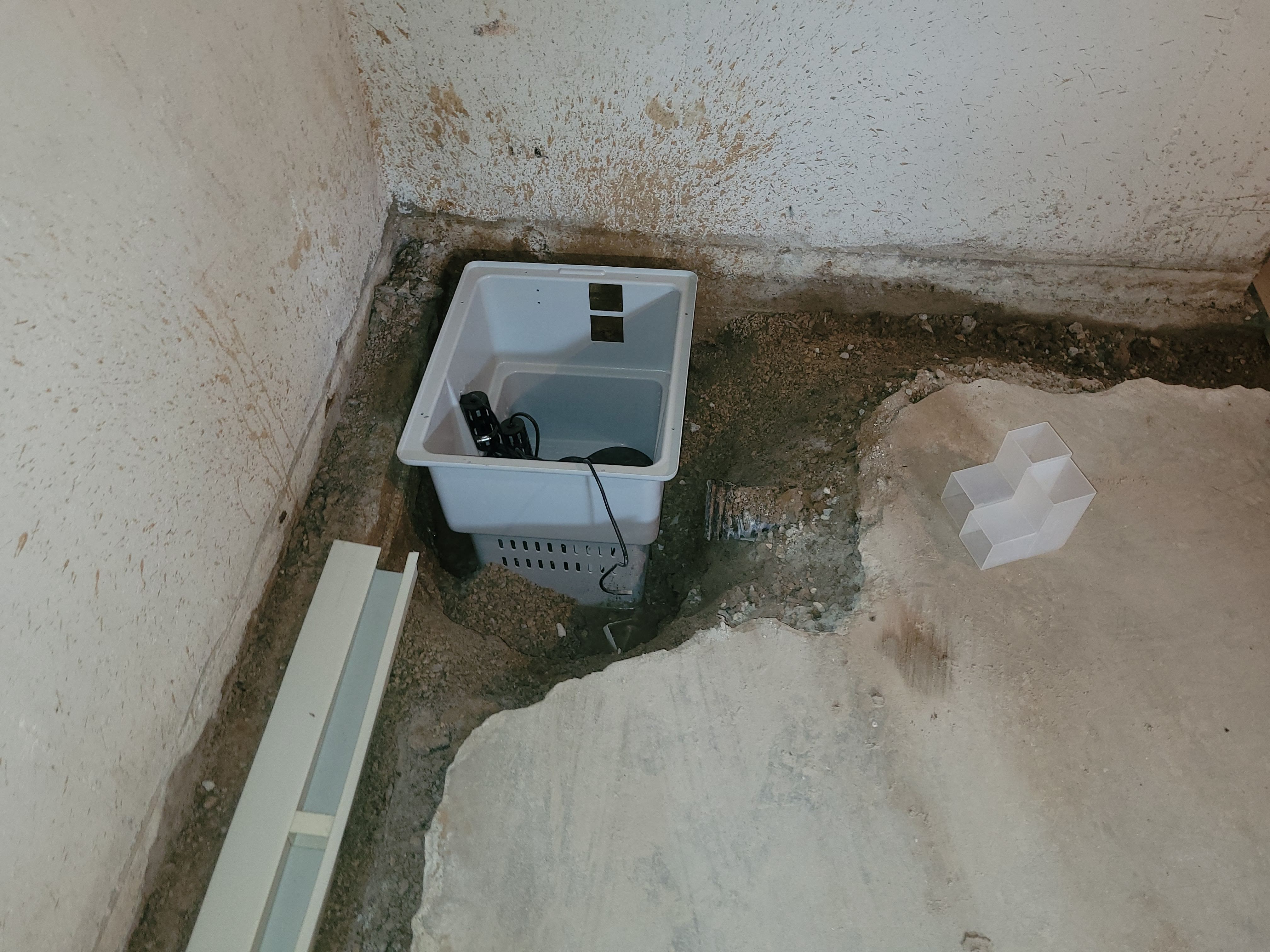Spring Showers Bring … A Wet Basement
For homeowners in many areas, spring showers don’t just bring green grass and beautiful flowers, but also a wet basement. When water enters a basement, soaked carpets, wet wall coverings, and waterlogged baseball card collections stored in the basement are a common occurrence. Unwanted moisture can lead to elevated humidity levels within the home that often results in air quality issues. In addition, water accumulated against the exterior face of a home’s foundation will place pressure on the foundation walls and may lead to cracking and inward movement of the foundation walls.
Preventing Basement Water Damage
When homes are constructed, it is common to install a drainage system adjacent to the home’s foundation. The drains consist of perforated horizontal pipes which collect moisture within the soil adjacent to the footing. These pipes then drain to a sump pump within the basement, or if on a sloped lot, to an area of lower elevation on the property. However, over the years these drains often become clogged with soil or roots, or may even be damaged during initial construction, reducing their capacity to drain moisture away from the foundation walls.
Over time, concrete and concrete masonry unit (CMU) foundation walls will develop shrinkage cracks due to the nature of the materials. When water has collected adjacent to your foundation walls, the resulting hydrostatic pressure will force the water to seep through these cracks and into your home. In addition, water can enter at the joint between the horizontal footing and the vertical foundation wall.
If every sprinkle sends you into a panic that your baseball card collection will be ruined, the first place to start is with limiting the amount of water adjacent to your home’s foundation. Most building codes require that the ground adjacent to a building’s foundation be sloped away from the building at least 6 inches within the first 10 feet to cause water to drain away from the building. Additionally, gutters should be installed on all eaves and direct precipitation runoff toward downspouts that are discharged a minimum of 5 feet from foundation walls.
How to Fix a Wet Basement
When addressing surface and rooftop drainage isn’t sufficient to solve your water problems, additional steps may be necessary. The exterior of the foundation walls can be excavated, a new exterior footing drain system installed, and drainable backfill placed. However, due to the high expense of excavation, an interior water drainage system may be a better option. An interior water drainage system installation typically consists of removing a portion of the floor slab adjacent to the foundation walls and installing a horizontal drain on the interior side of the footing. A sump pit and pump are installed, and the slab is patched with new concrete. The drains direct water to the sump pit, where the pump then transfers the water to a distant location away from the home to keep your carpets, walls, and baseball card collections safe and dry.

About the Author
Cody E. Tarbell, P.E. is a consulting engineer with our Kansas City office. Mr. Tarbell provides structural evaluation and damage assessment of commercial and residential buildings and structures. You may contact Cody for your forensic engineering needs at CTarbell@edtkc.com or (913) 859-9580.
Learn about how EDT Forensic Engineering & Consulting approaches construction assessments, scope of damage, and forensic engineering by assigning a file today.

